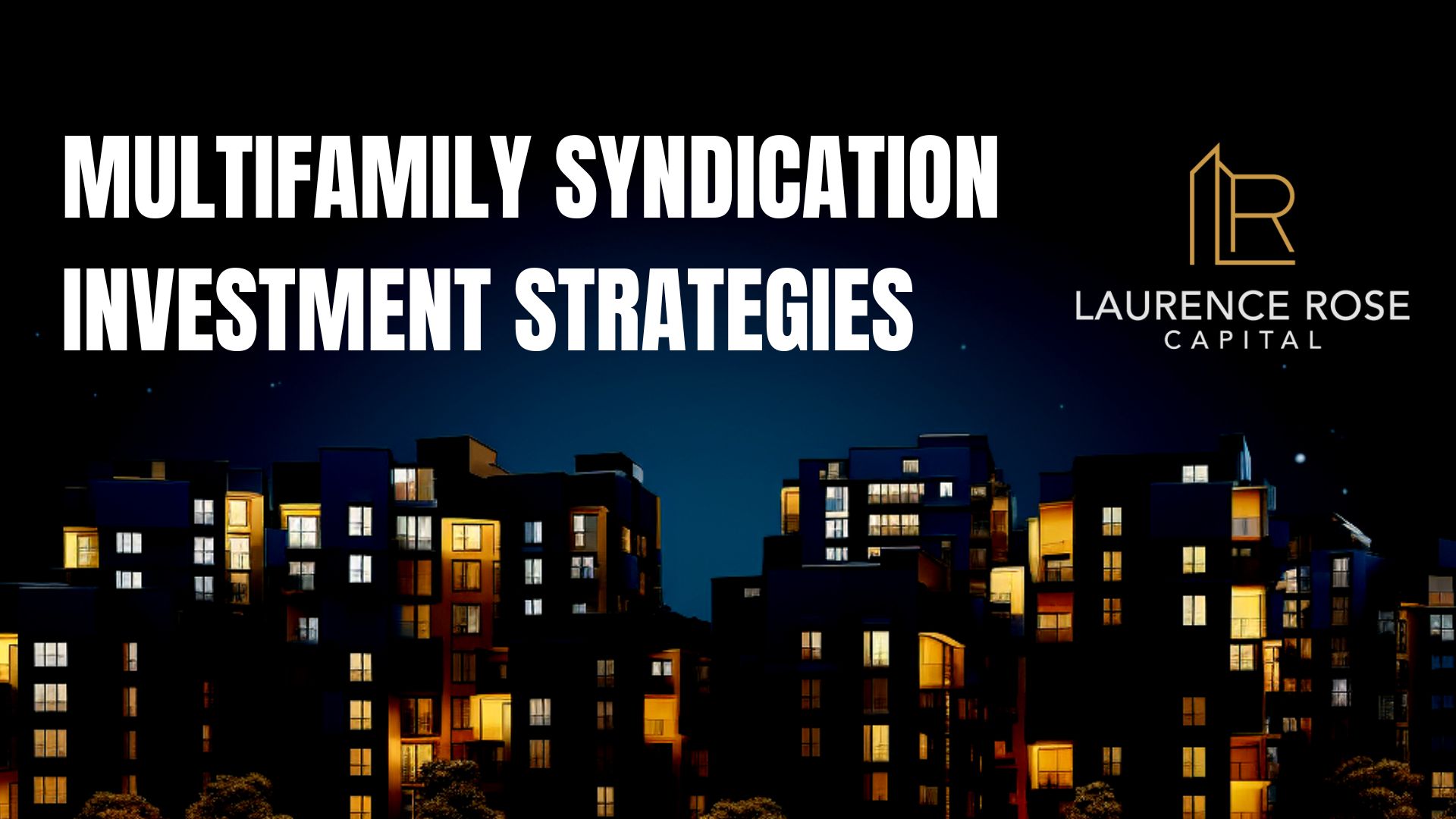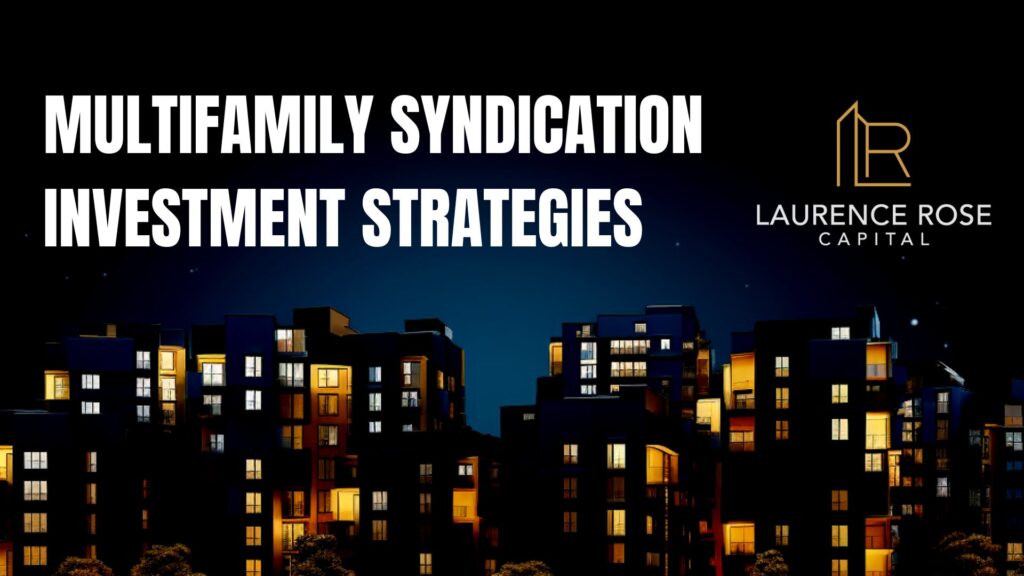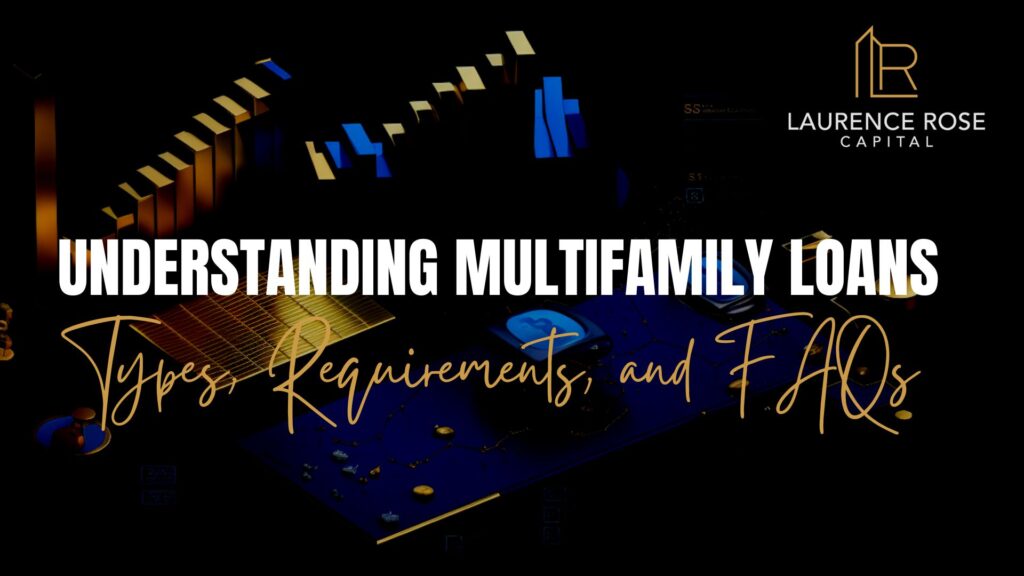As you embark on your journey as a passive investor, you’ll encounter a variety of deal structures and investment strategies in the multifamily apartment space. These strategies, often described as “buy and hold,” “new development,” or “value add,” play a crucial role in shaping your investment portfolio. This article delves into the three most common multifamily syndication types, highlighting their nuances, benefits, and risks, helping you make an informed investment decision tailored to your financial goals.
Note: In this article, we focus on single-deal syndications rather than funds to help you grasp the terminology and implications of each approach.
New Development Syndications
Investment Strategy: New development, also known as “new construction,” involves building an apartment complex from the ground up. This strategy is characterized by high risk and high potential rewards.
Key Features:
- Significant uncertainty due to complex projects and construction challenges.
- Typically, no cash flow during the project’s duration.
- Potential for substantial gains upon selling the property at the end of the project’s life cycle.
Two Types of New Development Deals
- Build to Sell:
- The property is constructed from the ground up with the intention of selling it to another investor for a profit.
- The purchaser assumes responsibility for managing and operating the property.
- Potential risk includes market changes during construction, which could affect the selling price.
- Build to Rent:
- The property is built with the intention of renting it to tenants, creating cash flow for a specific period.
- The syndicator manages and operates the building until it’s sold in the future.
- Risk factors include rental rates upon market entry and aggressive assumptions about market growth.
Risks and Benefits of New Development
- Rewards include consistent monthly cash flow and significant profits upon property sale.
- Risks are inherent due to unforeseen circumstances during construction, such as increased material costs, economic downturns, environmental issues, permit problems, and delays.
Why Invest in New Development Syndications?
If you’re willing to forego immediate cash flow, have a high risk tolerance, and prioritize long-term wealth building, new development investing might align with your financial objectives.
Buy & Hold Syndications
Investment Strategy: Buy and hold syndications involve purchasing existing multifamily properties with occupied units, offering a lower risk but potentially lower returns on the investment’s tail end.
Key Features:
- Minimal surprises regarding expenses, revenue, and rent rates.
- These syndications typically span 5-10 years, with consistent rental income.
- Organic market rental growth is a primary driver of increased cash flow.
Risks and Benefits of Buy & Hold
- Lower risk as investors have a good understanding of expenses, revenue, and rent rates.
- Market changes leading to higher vacancy or lower rent rates can impact the bottom line.
- Unexpected repairs, maintenance costs, and poor property management may arise.
Why Invest in Buy & Hold Syndications?
Buy and hold syndications are ideal for passive investors seeking steady, predictable cash flow. This strategy is often favored by those in the wealth conservation phase, nearing retirement and seeking monthly income.
Value Add Syndications
Investment Strategy: Value add syndications are similar to buy and hold strategies, but they involve property improvements to increase rental rates and property value.
Key Features:
- Medium risk with balanced returns.
- Investors anticipate consistent cash flow and the ability to increase returns by adding value.
- Forced appreciation through property enhancements is a key feature.
Risks and Benefits of Value Add Syndications
- Known expenses, revenue, and rent rates provide stability.
- The ability to increase returns through added value, avoiding sole reliance on organic rent growth.
- Risks include the potential for increased renovation costs, delayed projects, or unmet rent projections.
Why Invest in Value Add Syndications?
Value add syndications offer a balance between steady cash flow and profit at the project’s end. This is suitable for investors who seek a medium-risk, medium-return investment without tying up their money for an extended period.
Conclusion
As a multifamily syndication investor, you have numerous paths to choose from. Each strategy comes with distinct risks and rewards, aligning with different investment goals and risk tolerances. Take the time to consider your objectives, evaluate the risk factors, and explore how each method aligns with your investment goals. By doing so, you can make informed decisions to build a diversified and profitable multifamily investment portfolio. If you’re looking to further your investment journey, consider scheduling a consultation with our team to gain valuable insights and guidance.






![How Does Creative Financing Work In Multifamily Real Estate [Explained]](https://laurencerosecapital.com/wp-content/uploads/2023/10/JG-BMP-Ira-LRC-JB-Blog-Covers-750-×-422px-1920-×-1005px-1024x576.jpg)
